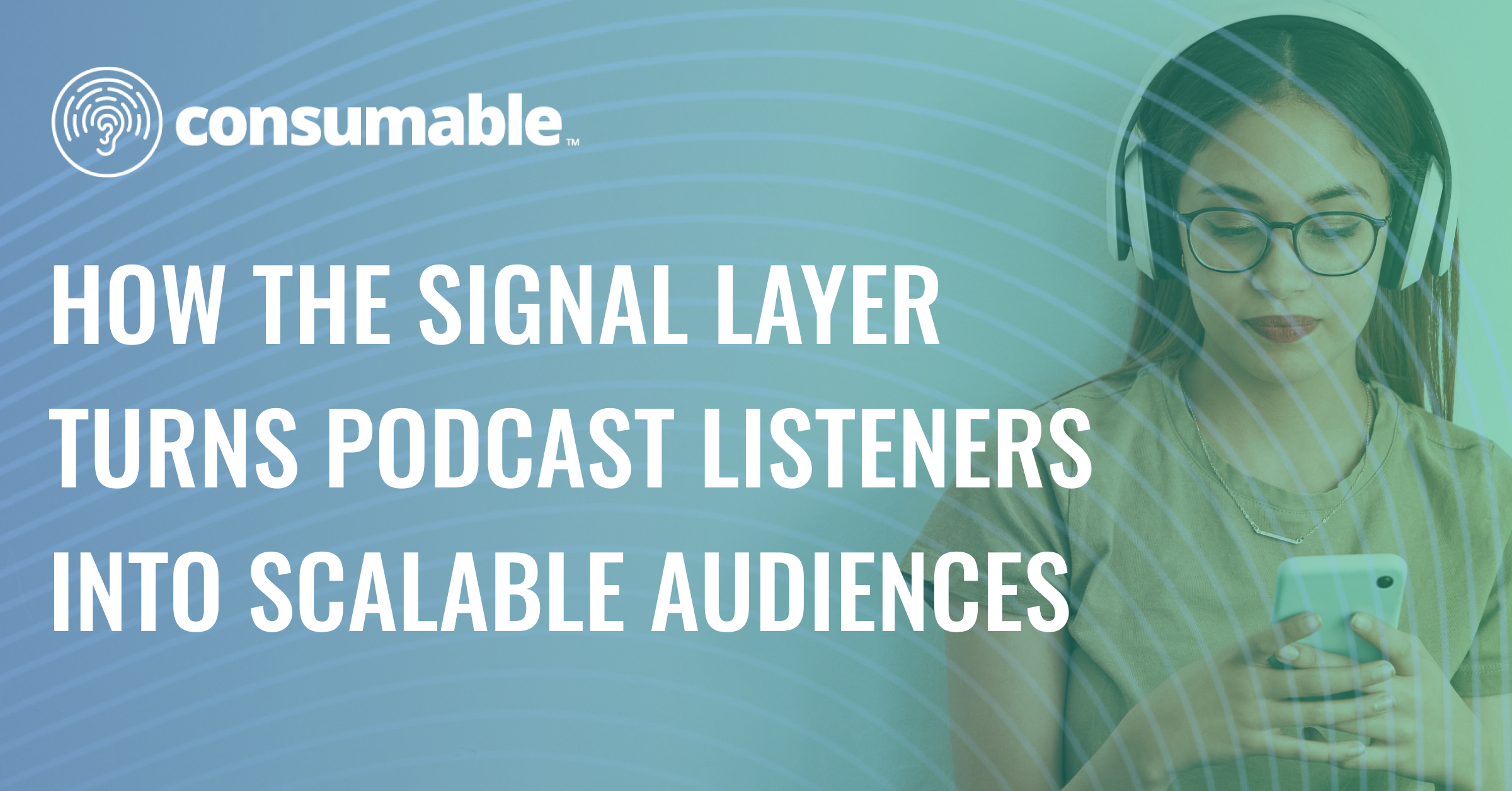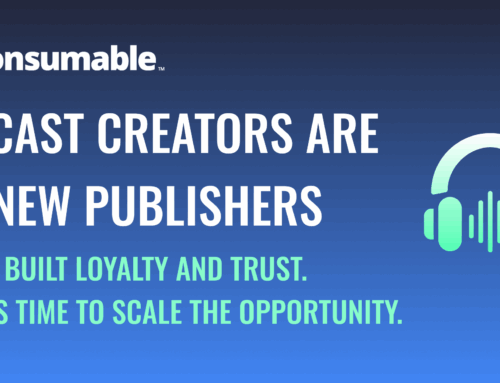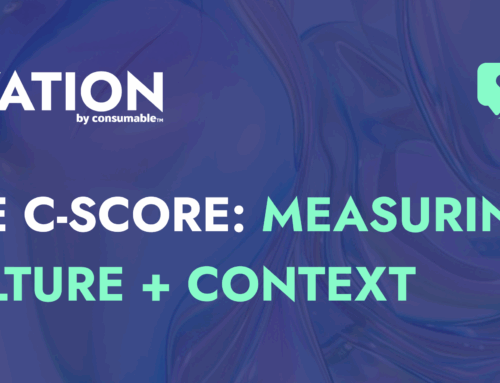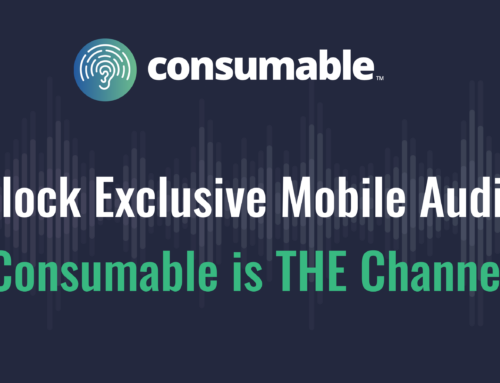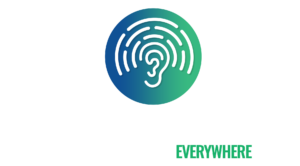Brands and publishers have always known podcast audiences are valuable. Podcast fans are engaged, loyal, and often lean-in listeners. But proving that value at scale, and converting it into measurable business growth has been harder. Fragmented listening habits, inconsistent measurement, and a lack of common data standards have made it challenging to connect the dots between audience attention and bottom-line results.
That’s changed.
Podcasting has entered a new phase, where every listener’s action, from what they hear and when they listen, to where they are and how they engage, creates a rich set of signals. Collectively, these signals form a signal layer that is radically shifting the audio landscape: For the first time, podcasting can deliver scale and precision at the same time.
What is the Signal Layer?
The signal layer is the connective tissue between podcasting’s engaged audiences and the tools that allow advertisers to reach them with addressable, measurable campaigns. It’s made possible by advances in identity solutions like PODiQ from Consumable that tie listening behavior to audience profiles without compromising privacy.
Listener intelligence starts with the signals that every podcast interaction generates:
- Content signals: Topics, genres, and show formats listeners choose
- Context signals: When they listen, what device they use, and whether they’re mobile or at home
- Behavioral signals: Listening frequency, completion rates, repeat engagement
- Location signals: Where they are when they tune in
- Engagement signals: Interaction with ads, show notes, or companion content
Individually, these signals are just data points. Together, they form a detailed, dynamic view of listener behavior. That’s the foundation for targeting, measurement, and creative strategies that deliver results for both brands and publishers.
For Brands: From Black Box to Performance Engine
For brands, the signal layer turns podcasting into a precision instrument for growth.
- Scale with precision: Access larger addressable audiences without diluting relevance.
- Measurable outcomes: Tie campaigns directly to performance metrics, from awareness to acquisition.
- Smarter targeting: Combine first-party data with podcast signals to reach exactly the right listeners at the right moments.
- Creative alignment: Deliver messages that fit the listener’s mindset, environment, and stage in the journey.
This shift means brands no longer have to treat podcasting as a “black box” awareness play. Instead, it becomes a performance channel with predictable ROI.
For Publishers: Monetize Beyond the Show Library
For publishers, the signal layer is an engine for monetization and competitive positioning:
- Extend audience value: Package and sell audience segments across their own properties and partner networks.
- Command premium demand: Offer brands addressable, measurable access to high-value listener segments.
- Stronger market position: Compete with the biggest platforms by offering the same addressability without losing the editorial voice and loyalty that make podcasts unique.
- Boost yield and reduce waste: Fill unsold inventory and increase CPMs by matching the right ads to the right listeners at the right time.
The result? New revenue streams, stronger positioning, and greater resilience in a competitive ad market.
From Signals to Outcomes: Proof in Action
At Consumable, we’ve already seen what happens when the signal layer is activated.
PODiQ uses listener-fueled intelligence to deliver addressable, measurable audiences at scale. Brands can target across the podcast ecosystem based on real listening behavior, and publishers can monetize beyond their own footprint.
TITLE+ makes premium inventory addressable by episode, unlocking specific audience and content combinations that were previously invisible to buyers.
The impact for the ecosystem: Campaigns that perform across podcasting, audio more broadly and as a force multiplier in the media mix across digital.
The Bigger Picture: Podcasting’s Competitive Future
Other digital channels have been through this transformation (see our piece on the parallels between podcasting now and web publishing in the 2000s for more). Streaming video, connected TV, and display advertising all moved from broad reach to targeted, data-driven campaigns, and budgets followed.
Podcasting’s opportunity is to take the same leap without losing what makes it uniquely powerful: Authenticity, intimacy, and trust. The signal layer enables that leap, but only if brands and publishers act on it.
- Brands that adopt these tools early will gain an edge in performance and cost efficiency.
- Publishers that embrace the signal layer will attract larger, more strategic buys and create significant new revenue streams.
The stakes are high. As budgets tighten and every channel is expected to prove its worth, the winners will be the ones who can connect the dots between audience signals and business outcomes.
Activating Scale Now
The signal layer is here. The audience is listening. The technology exists to make podcasting as addressable, measurable, and scalable as any other digital channel.
The next step is activating it.
For brands, that means leaning into podcasting as a core part of the media mix, not a niche buy. For publishers, it means using data to prove audience value and extend it beyond the confines of owned shows.
Podcasting has always been built on connection. Now, it can be built on connection and scale. The future belongs to those who turn signals into outcomes, and outcomes into growth.

